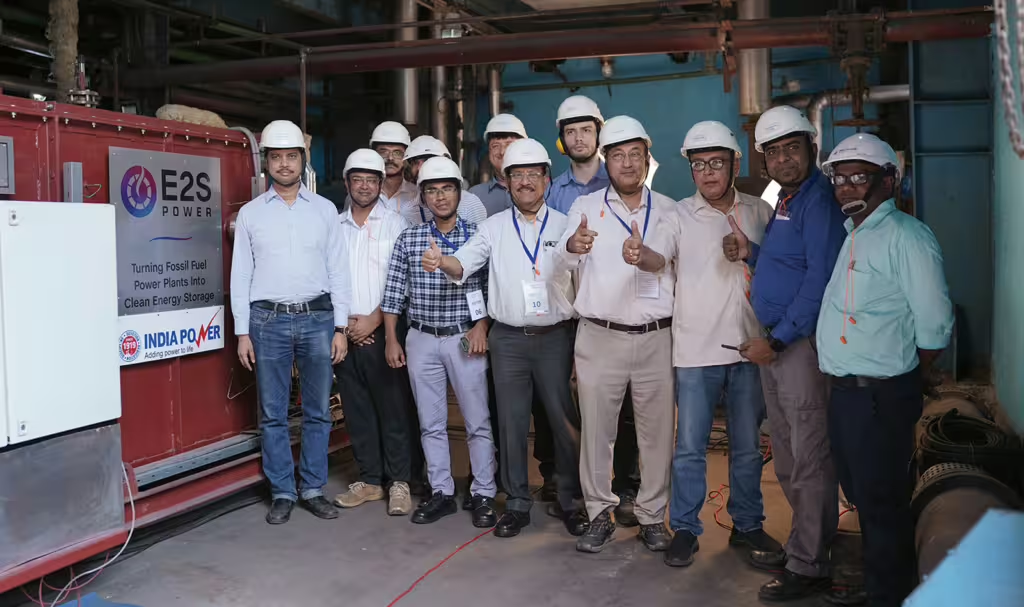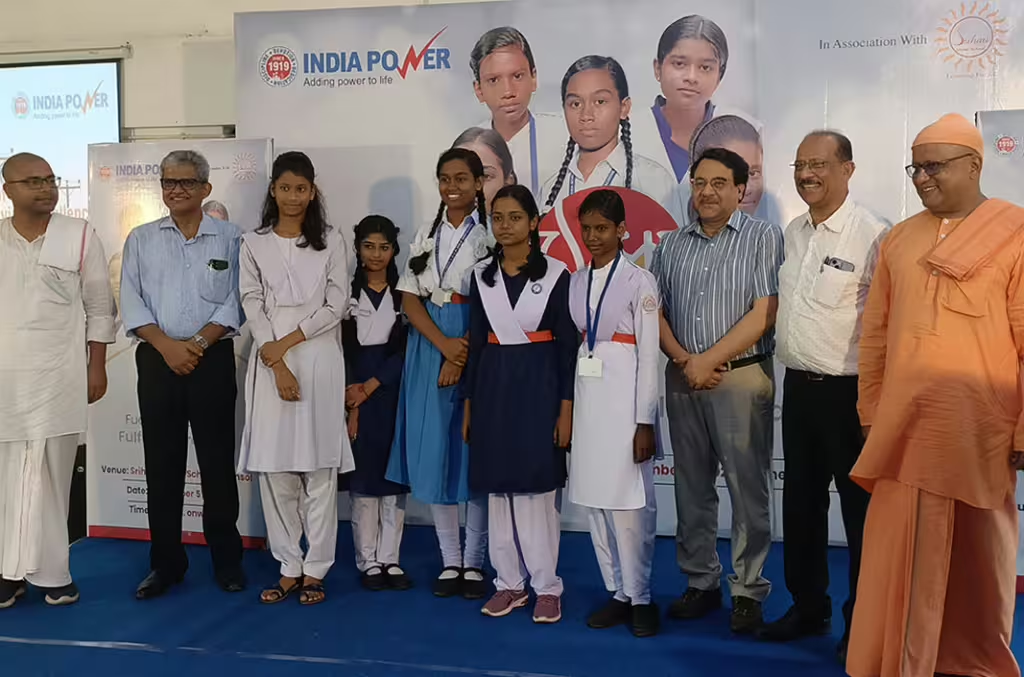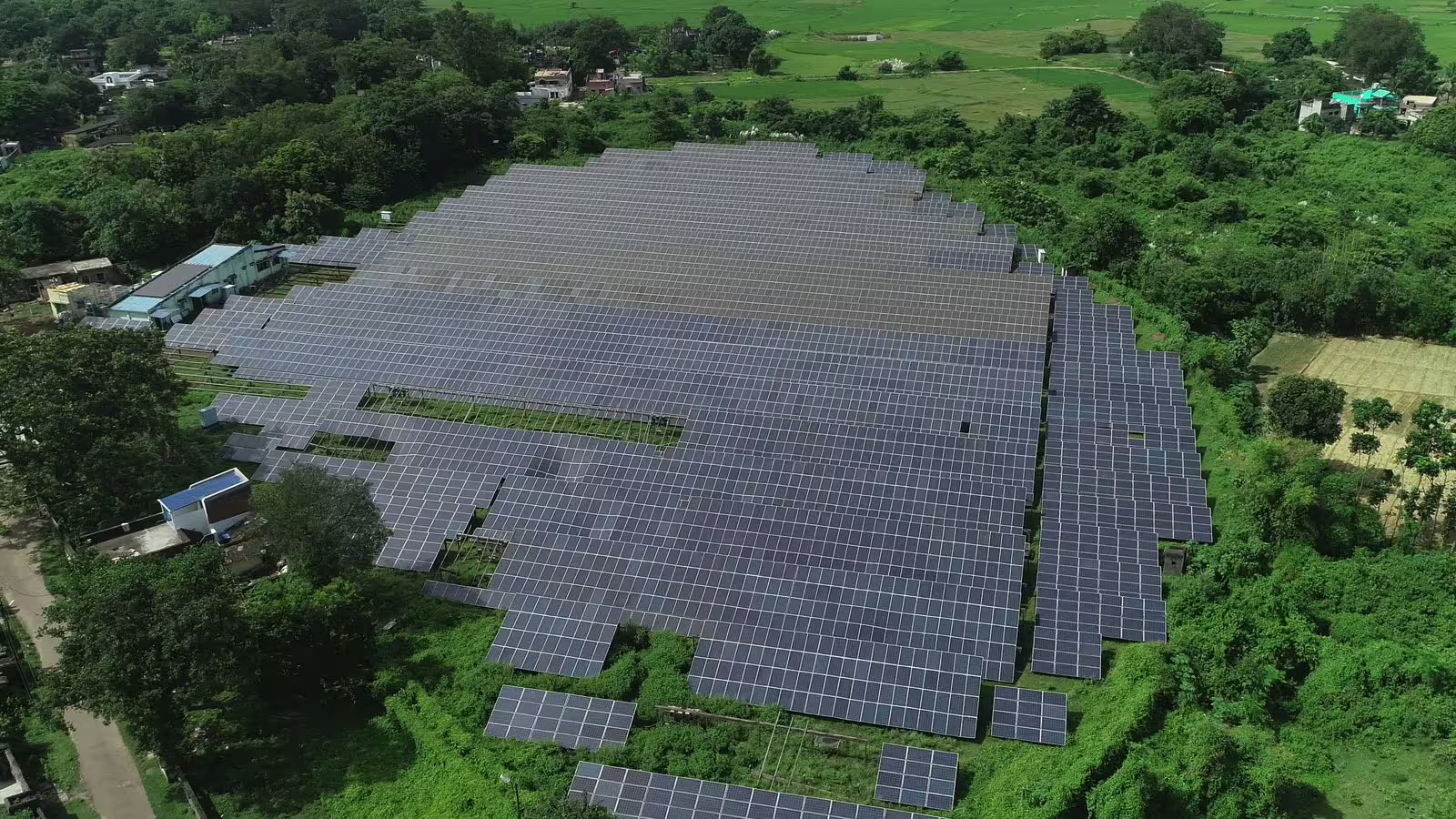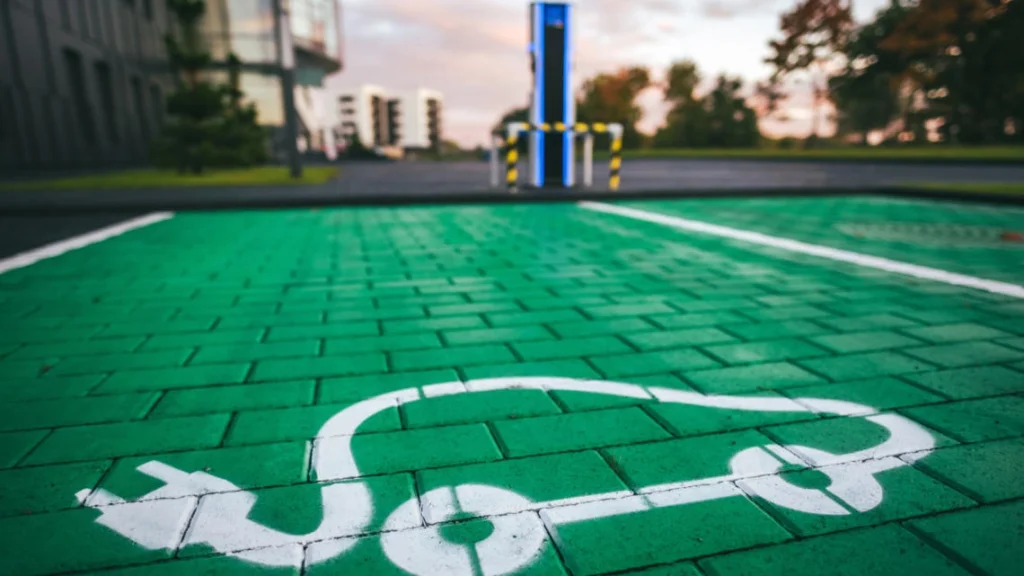Authors
Raghav Raj Kanoria, Managing Director, India Power Corporation Ltd, and Joe Phelan, Executive Director, Asia Pacific, The World Business Council for Sustainable Development (WBCSD)
India today presents a vibrant picture of growth. Having just surpassed China to become the world’s most populous country, with a population predicted to keep growing for the next three decades, India is also poised to become the fastest growing economy among G-20 nations in 2024.
What does it take to power the world’s most populous and fastest-growing economy? Unsurprisingly, India is set to record the world’s fastest growth rate in electricity demand in the coming years[1], preparing to meet this surge in its energy demands has become a key priority for the country and its private sector.
One such example lies with integrated power utility company India Power, which has been in the power supply business since 1919. Its primary distribution area is in Asansol and adjoining areas in West Bengal, which has emerged as a major industrial powerhouse for a range of sectors such as iron, steel, biotechnology and more.
India’s ambitions for the green energy transition
India’s story in the coming century will be shaped not only by its growth ambitions, but the concurrent need to set the economy on a low-carbon trajectory. In a significant move at COP26, India announced its target to reach net zero emissions by 2070. The International Energy Agency projects that over the next three years, India will add electricity demand roughly equivalent to the current consumption of the United Kingdom. Almost half of this demand growth is expected to be met by renewables[2].
As India gears up to become a world leader in the green energy transition, this has thrown the doors wide open for India’s private sector, and companies such as India Power, to deliver the solutions and technological innovations needed to do so.
We’re positioned to harness the opportunities of the energy transition, tapping on our wide distribution network. As an early adopter of renewable energy, we’ve repositioned our business to address the energy needs of the future, and in doing so, aim to make a difference by delivering a power mix that consists of more renewables, while supporting industries as they make the energy transition.
Raghav Raj Kanoria, Managing Director, India Power
Underscoring this ambition, India Power has set a target to increase the green energy mix in its power portfolio to around 70% by 2025. Today, around 40% of its electricity already comes from renewable sources. Meeting its target would make it one of the first utility companies in India to do so.
Scaling up renewables
Headquartered in Kolkata, India Power’s business supports the industrial belt of the Asansol-Raniganj region of West Bengal. West Bengal benefits from abundant natural resources and is characterized by a high population density and large industrial presence. Like numerous urban centers across India, the region’s demand for energy shows no signs of diminishing. In fact, with urbanization growth of 3.92%, coupled with a higher digital penetration of its population, West Bengal’s energy needs are expected to increase even further till after 2030[3].
This has made the task of scaling up renewable energy even more urgent. With more than 90% of its customers from industries such as iron, steel or cement, India Power aims to play a key role in supporting the wider industrial energy transition.
India Power implements a green procurement strategy to expand access to renewable energy sources, battery energy storage solution with green power and rooftop installation for industrial and commercial consumers for distributed energy generation. These measures are estimated to reduce up to 800,000 metric tons of carbon emissions yearly.
To increase renewable power in its portfolio, India Power has signed two long term Power Purchase Agreements with the Solar Energy Corporation of India (SECI) to expand access to renewable energy by 200 megawatts (MW) for the next 25 years. This will contribute to renewable sources meeting three-quarters of India Power’s annual energy requirements from such arrangement, underscoring its robust plan to transitioning towards a more sustainable energy portfolio.
Decarbonizing power
On the global outlook for the power industry, India Power expects the share of renewables in the global power generation mix to increase from 29% in 2022 to 35% in 2025, as the share of coal and gas fired generation decreases[4].
Challenges remain when translating these global aspirations to the local energy landscape in India, where the country balances the magnitude of power required to meet India’s development and energy security needs, with the need to reduce the reliance on fossil fuel-based power sources such as coal.
The success of our transition to a renewables-powered future hinges on the continuous and uniform delivery of renewable energy, which remains a challenge. We are addressing this through new technologies that will further prepare for grid resilience and make renewable energy sources more reliable over time.
Raghav Raj Kanoria, Managing Director, India Power
To prepare for the increase in renewable energy, India Power plans to deploy energy storage systems in key grid locations. These systems store extra energy when demand is low and release it when demand is high, reducing imbalances and transmission losses. India Power is in the advanced stage of setting up a pilot Thermal Energy Storage (TES) cell, which promises to deliver grid stability and reliability for renewable power, while tapping into existing infrastructure of retired thermal power plants. Other solutions such as pumped hydropower and battery storage are also currently being evaluated. Despite commendable progress, IPCL faces challenges associated with the intermittency of renewable energy and the procurement of brown power during non-solar hours especially in absence of fully developed balancing and ancillary market. To address these challenges, IPCL is evaluating various measures and technological intervention including deployment of BESS as found feasible.

Redefining the future of power in India
India Power’s roadmap to a clean energy-powered future also lies in delivering digital-centric solutions for industries, while exploring ways to deepen customer engagement through collaborative effort in meeting their decarbonization objectives as their preferred power supplier.
By pursuing a digital strategy to improve operational efficiencies, India Power has been able to make significant progress in addressing one of the biggest challenges that India’s power sector faces: transmission and distribution (T&D) losses. India Power’s strategies include optimizing energy transmission through advanced monitoring and control systems for grid performance, enabling localized energy production through renewable energy microgrids, as well as reducing transmission losses through voltage regulation and load management. As a result, India Power has consistently outperformed the national benchmark with one of the lowest T&D losses in the country, averaging less than 3% consistently over the years.
India Power is also among the first to deploy smart meters on a large scale. By allowing for the real time tracking and recording of electricity consumption, smart meters make grid management more efficient and could potentially reduce T&D losses to targeted levels. In a first-of-its-kind Public-Private Partnership project, India Power is in the advanced stages of installing smart meters across five towns in Madhya Pradesh, the second largest state by area in India[5]. Over 250,000 smart meters have been installed to date, with the overall project.
Highlighting the importance of ensuring an equitable energy transition, India Power invests in collaborative efforts that aim to support marginalized local communities within its distribution areas. Among its many initiatives, India Power’s annual corporate social responsibility initiative, Medha, supports the education of girls from economically challenged background. Since 2019, this program has supported higher secondary education for ten girls every year. Ananya, another annual CSR initiative, aims to empower women by honoring and rewarding marginalized women who have carved a niche for themselves and inspired others despite facing significant adversities in their lives. Each year, in collaboration with civic bodies, NGO groups, and local authorities, the company identifies areas for contribution as part of its social sustainability efforts.

Business in India today are experiencing change at a scale unmatched by many countries. This dynamic environment creates the opportunity for businesses such as India Power to leapfrog conventional know-how, expedite the learning process, and realize the economic and development opportunities of the energy transition. WBCSD’s collaborative platforms and global knowledge sharing provide a pivotal advantage as businesses navigate existing challenges.
Joe Phelan, WBCSD’s Executive Director for Asia Pacific
[3] West Bengal New and Renewable Energy Manufacturing Promotion Policy, 2023
[4] IPCL Annual Report 2022-23, p. 41
Outline



